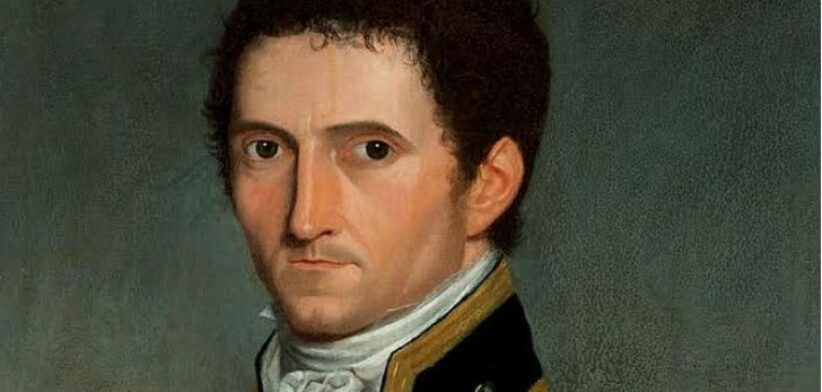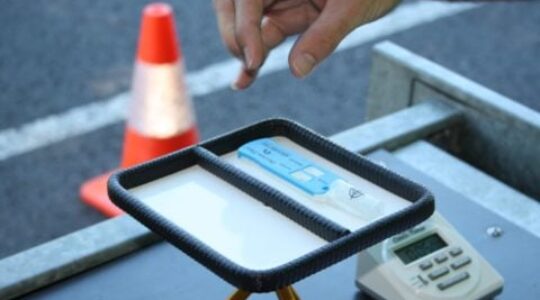The first person to circumnavigate Australia, and was largely the reason our country was called as such, has been laid to rest in his birthplace in England.
Australian defence personnel and dignitaries were on hand as Captain Matthew Flinders was returned to the village where he was born in Donington, Lincolnshire, in north-east England.
Australia’s Assistant Navy Attaché Commander John Relyea said Flinders died 200 years ago, on July 19, 1814, aged 40, but the exact location of his burial site was lost in the mid-1800s.
Commander Relyea said his coffin was rediscovered at a building site in London five years ago, prompting a campaign by locals to “bring him home”.
“On July 13, their long campaign came to fruition. Church bells started ringing at 10am, before the coffin was carried through the village, with streets lined with thousands of people, passing a Navy guard of honour, to the Church of St Mary and the Holy Rood for a special burial service,” he said.
Captain Flinders was accompanied by Bungaree, who became the first known Indigenous person to also circumnavigate Australia and contribute to the mapping of the country’s coastline, in the early 1800s.
The National Museum of Australia states Captain Flinders proved Australia was a single continent and by using the name “Australia” in his maps and writings, he helped the word enter common usage.
“The story of how Captain Flinders’ reburial came about is simply incredible,” Commander Relyea said.
He said it wasn’t until 2019, during excavations for the HS2 high-speed rail line near London’s Euston railway station, that archaeologists announced they had found Captain Flinders’ grave.
“They were able to confirm his remains from a lead breast plate on his coffin.”








